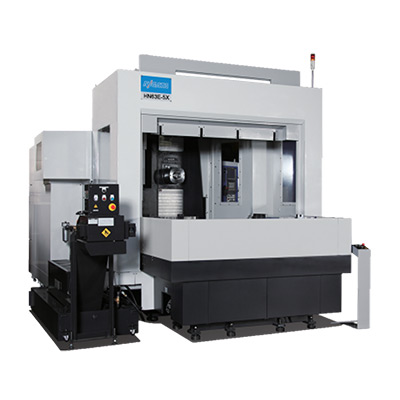how to replace high pressure power steering hose
How to Replace a High Pressure Power Steering Hose
Replacing a high pressure power steering hose is an essential maintenance task for your vehicle. A worn or damaged hose can lead to power steering fluid leaks, resulting in difficulty steering and potential damage to the steering system. Here’s a step-by-step guide to help you perform this task efficiently.
Tools and Materials Needed 1. New high pressure power steering hose 2. Socket set and wrenches 3. Screwdriver set 4. Power steering fluid 5. Catch pan 6. Rags for cleanup 7. Safety goggles and gloves
Step 1 Safety First Before you begin, ensure the engine is off and cool. Always wear safety goggles and gloves to protect yourself from fluid spills.
Step 2 Locate the Hose Raise the front of your vehicle using a jack and secure it with jack stands. This will give you access to the underside of the vehicle. Locate the high pressure power steering hose, typically found running from the power steering pump to the steering gear.
Step 3 Drain Power Steering Fluid Place a catch pan under the power steering pump. Using a wrench, loosen the fittings on both ends of the high pressure hose. Allow the power steering fluid to drain into the catch pan to prevent spills.
how to replace high pressure power steering hose

Step 4 Remove the Old Hose Once the fluid is drained, detach the old high pressure hose. You may need to remove any mounting brackets that hold the hose in place. Take note of how the hose is routed, as the new hose will need to be installed in the same manner.
Step 5 Install the New Hose Take the new high pressure power steering hose and install it following the same routing as the old hose. Secure it with any mounting clips or brackets that were removed earlier. Make sure the fittings are tightened properly to avoid leaks.
Step 6 Refill Power Steering Fluid Once the new hose is in place, refill the power steering fluid reservoir with the appropriate fluid type as specified in your vehicle’s manual.
Step 7 Check for Leaks Start the engine and turn the steering wheel from lock to lock a few times to circulate the fluid. Check for any leaks around the new hose connections. If everything looks good, turn off the engine and clean any spilled fluid.
Conclusion Replacing a high pressure power steering hose can save you from costly repairs down the road and ensure your vehicle operates safely. Regular inspections and maintenance of your power steering system will help prolong its life and enhance driving performance. Don't hesitate to reach out to a professional mechanic if you're uncertain about any steps in the process. Happy driving!
-
Ultimate Spiral Protection for Hoses & CablesNewsJun.26,2025
-
The Ultimate Quick-Connect Solutions for Every NeedNewsJun.26,2025
-
SAE J1401 Brake Hose: Reliable Choice for Safe BrakingNewsJun.26,2025
-
Reliable J2064 A/C Hoses for Real-World Cooling NeedsNewsJun.26,2025
-
Heavy-Duty Sewer Jetting Hoses Built to LastNewsJun.26,2025
-
Fix Power Steering Tube Leaks Fast – Durable & Affordable SolutionNewsJun.26,2025

